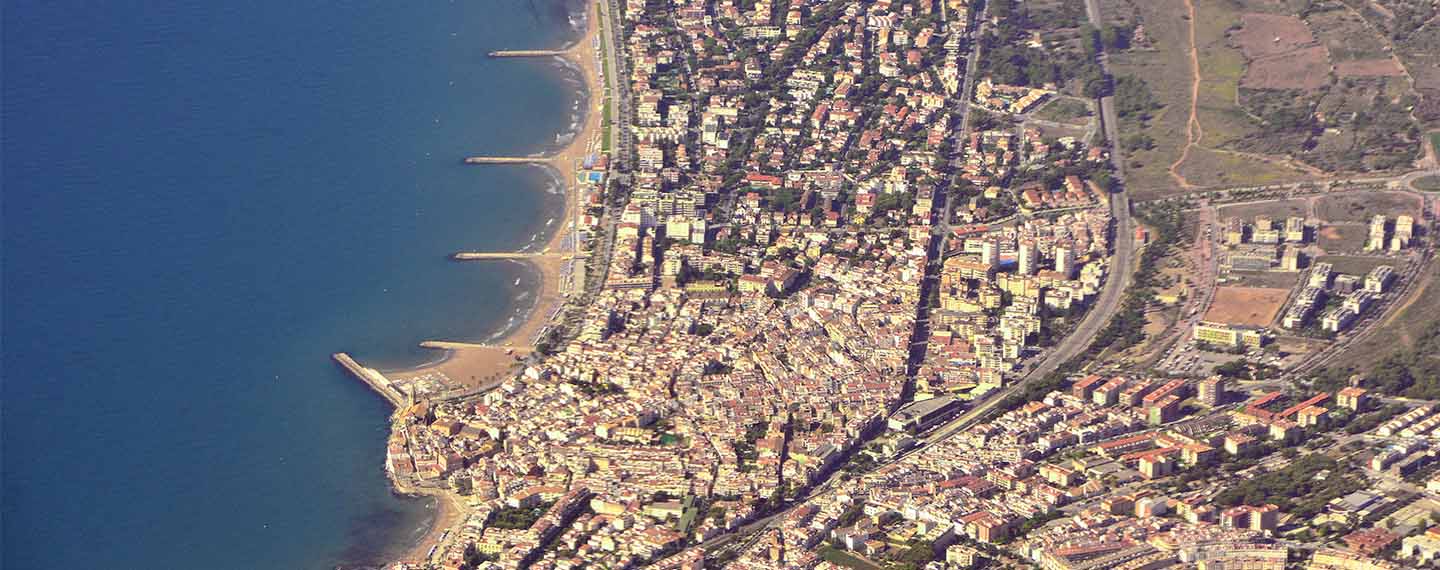As the tourism season heats up, angry Spaniards in Málaga, priced out of the housing market, have taken to daubing streets and doors with slogans and stickers ranging from the mild Antes esta era mi casa (‘This used to be my home’) to the more brutal A tu p*ta casa (‘F*ck off home’). In Tenerife, the most popular of the Canary Islands, thousands of protestors holding placards reading ‘We don’t want to see our island die’ called for a freeze on tourists and a more sustainable tourism model. In Barcelona, residents of the La Salut neighbourhood were so fed up with not being able to get home on the number 116 bus, as it was always crammed with tourists visiting Gaudi’s Park Güell, that they successfully lobbied the city council to have the route removed from Google and Apple maps.
A record 85.3 million international tourists came to Spain in 2023 (17.3 million of them British), making it the second most visited country after France.
More and more flats are being turned into holiday accommodation, enabling landlords to earn more but depriving those who want to get on the property ladder or leading to tenants losing their accommodation.
There is a growing trend of converting small shops and bars into tiny flats for tourists. The cake shop and bakery Feni, founded in 1945, very near my home in Barrio Salamanca, Madrid, closed in April. My post on X (formerly known as Twitter) went viral and led a two-page article in El Mundo on such closures (a total of 8,320 as of February in Madrid alone).
On average, 100 people apply for each home available to rent in Barcelona, Madrid, Valencia, Bilbao and Santa Cruz de Tenerife, according to Alquiler Seguro, a property company. While in the Balearic Islands, an average of 142 people apply for every rental property.
A record 85.3 million international tourists came to Spain in 2023 (17.3 million of them British), making it the second most visited country after France. The first quarter of this year saw 16.1 million tourists, 17.7% more than in the same period of 2023. The forecast for the whole year is up to 100 million, more than five times the number in 2020 when tourism was decimated by COVID. Back in 1954 when Spain began promoting package holidays, a mere one million tourists came.
In order to cope with these swelling numbers, by the end of 2025 260 more hotels of varying sizes will have been opened, half of them in Madrid, Málaga, Valencia and the Canary Islands, according to the real estate consultancy CBRE.
This key industry generated close to 13% of GDP last year, was the main driver of the 2.5% growth in the economy and helped lower the jobless rate to under 12%. One in every four new jobs created in 2023 was in labour-intensive tourism. A bad tourism season spells trouble for growth and employment (the 11.2% decline in economic output in 2020, the EU’s biggest fall, was largely due to the massive drop in tourists).
The number of tourists last year was 1.75 times more than Spain’s population (1.47 in France, see Figure 1), but this was nothing compared with the Canary Islands (population 2.2 million and 14 million visitors, 5.7 million of them British). Tourism produces a whopping 35% of the islands’ GDP. In stark contrast, very few tourists go the vast swathes of countryside known as ‘Emptied Spain’ where the population density is among the lowest in Europe.
Figure 1. International tourists as a percentage of Spain’s population, 2016-23
| Number of international tourists (mn) | Population (mn) | Tourists as a % of population | ||||
| Spain | France | Spain | France | Spain | France | |
| 2016 | 75.3 | 82.7 | 46.4 | 66.7 | 162.3 | 123.9 |
| 2017 | 81.9 | 86.9 | 46.6 | 66.9 | 175.8 | 129.9 |
| 2018 | 82.8 | 89.4 | 46.8 | 67.0 | 176.9 | 133.4 |
| 2019 | 83.7 | 90.9 | 47.1 | 67.3 | 177.7 | 135.1 |
| 2020 | 18.9 | 41.7 | 47.4 | 67.4 | 39.9 | 61.8 |
| 2021 | 31.2 | 48.4 | 47.4 | 67.6 | 65.8 | 71.6 |
| 2022 | 71.6 | 79.4 | 48.0 | 67.8 | 149.2 | 117.1 |
| 2023 | 85.3 | 100.0 | 48.6 | 68.0 | 175.5 | 147.0 |
Spain is not alone in having this problem. Venice and Amsterdam, for example, are controlling tourism numbers with various measures and charges. Seeking the right balance in Spain between protecting heritage, the environment and local residents’ wishes, on the one hand, and commerce and the hotel and restaurant trade, on the other, has no easy fix.
The Canary Islands plan to toughen the laws on short lets, and in the case of new-build properties bar them from the short-let market. Madrid has similar laws in place but enforcement leaves a lot to be desired. Of 17,000 short-term rental apartments in Madrid, only 600 were inspected between January and November 2023 and just one was sanctioned, according to a report.
In the Balearic Islands, whose Premier, Marga Prohens, said this month that the tourist limit had been reached, large cruise ship visits might be cut back, limits imposed on motorhomes, curbs placed on street drinking and a ceiling put on the number of tourist places.
As for the affordable housing problem, it has been ignored for too long by the two main parties, the conservative Popular Party (PP) and the Socialists (PSOE). Again, this is not just a Spanish problem, but it is particularly acute here.
Spain’s stock of social rental dwellings (a paltry 1% of the total housing stock) is almost the lowest among the 38 OECD countries (see Figure 2). In the Netherlands it is 35%. The number of this type of home built dropped from around 90,000 in 1997 to 10,000 in 2021. Between 2010 and 2020, a total of 932,000 new homes were built, compared with 5.4 million in the previous 10 years. Stung by the bursting of a massive real estate bubble in 2008, property developers cut back.
Figure 2. Social rental housing stock, 2020 or latest year available (% of total housing stock)
| % | |
| Netherlands | 34.1 |
| UK | 16.1 |
| France | 14.0 |
| OECD | 7.1 |
| Poland | 6.6 |
| US | 3.6 |
| Germany | 2.6 |
| Italy | 2.4 |
| Spain | 1.1 |
The Bank of Spain estimates 600,000 more new homes are needed by 2025 for young adults in order to narrow the gulf between the supply of all types of homes on the market each year (90,000) and the demand (270,000). Spain is very much a property-owning society (75%) and often of more than one home, either for holiday use or to rent out, but while 70% of those under 35 owned their home in 2011 only around one-third do today.
Lastly, as if Spain did not already have enough grievances aggravated by tourism, the government of the drought-stricken region of Catalonia plans to install in October a floating desalination plant in Barcelona (host to more than 12 million international tourists in 2023), unless there is substantially more rain, to help the city guarantee its drinking water supply.



